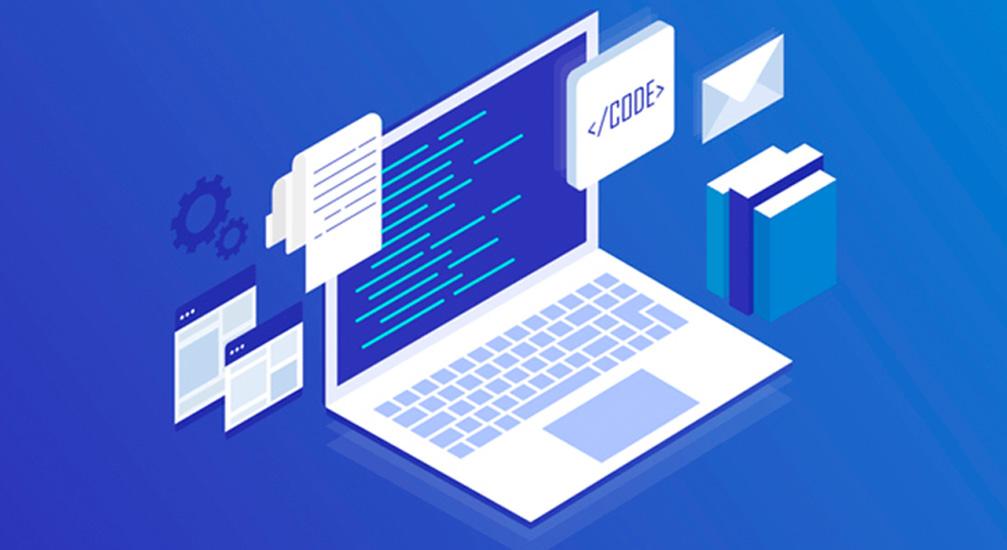Mastering Web Development
Web development has become an essential component of modern business operations, with websites serving as a primary way for companies to communicate with customers and conduct transactions. However, web development is also a complex process that requires careful planning, design, and execution.
Here are some best practices and tips for mastering web development:
Plan before you build: Before writing any code, it’s important to map out the site’s structure and design. This involves identifying the site’s purpose, audience, and key features, as well as creating wireframes and mockups to visualize the site’s layout.
Choose the right tools: There are many web development tools available, from text editors to content management systems. It’s important to choose the right tools for your project based on your level of expertise and the site’s requirements.
Write clean code: Writing clean, organized, and well-commented code is essential for creating a site that is easy to maintain and update. This involves following best practices for HTML, CSS, and JavaScript coding, as well as using version control tools like Git to track changes.
Optimize for speed: Site speed is a critical factor in user experience and search engine optimization (SEO). This involves optimizing images, minifying code, and using caching and content delivery networks (CDNs) to improve site performance.
Test thoroughly: Testing is essential for ensuring that a site is functional and free of bugs. This involves testing for responsiveness, compatibility, accessibility, and security issues.
Stay up-to-date: Web development is a constantly evolving field, with new technologies and best practices emerging all the time. It’s important to stay up-to-date with the latest trends and tools, as well as to continuously improve your skills through online courses, workshops, and conferences.
By following these best practices and tips, you can master web development and create sites that are beautiful, functional, and effective.




